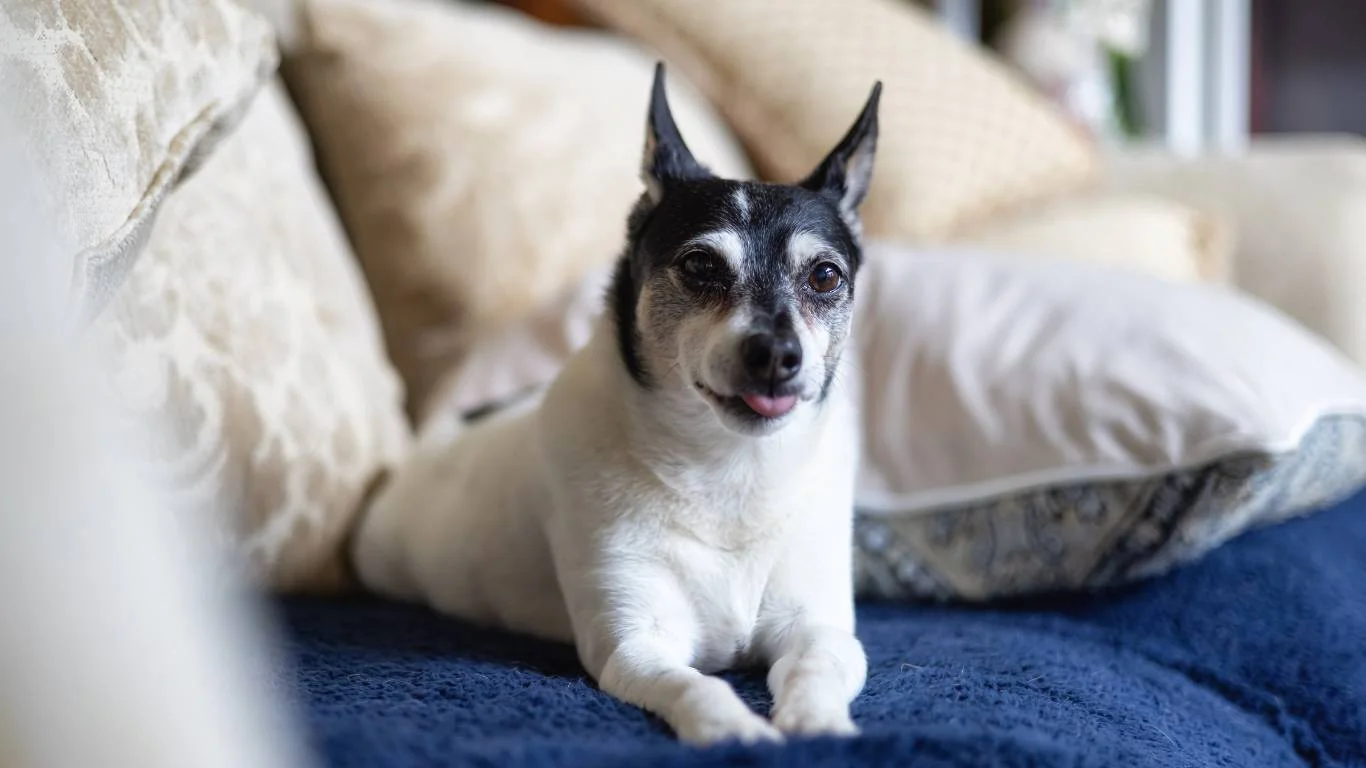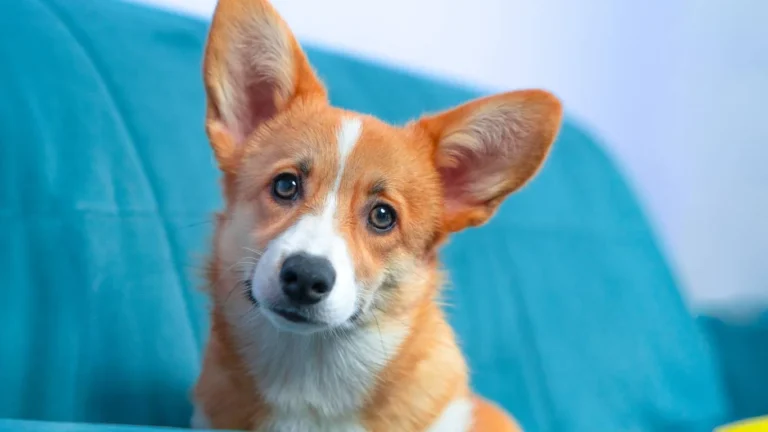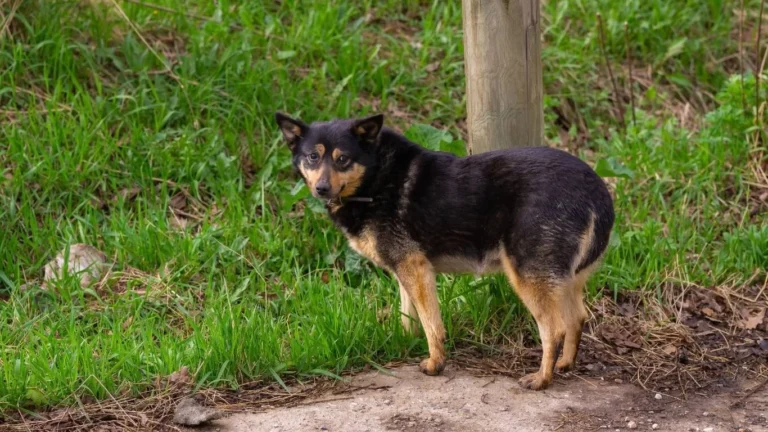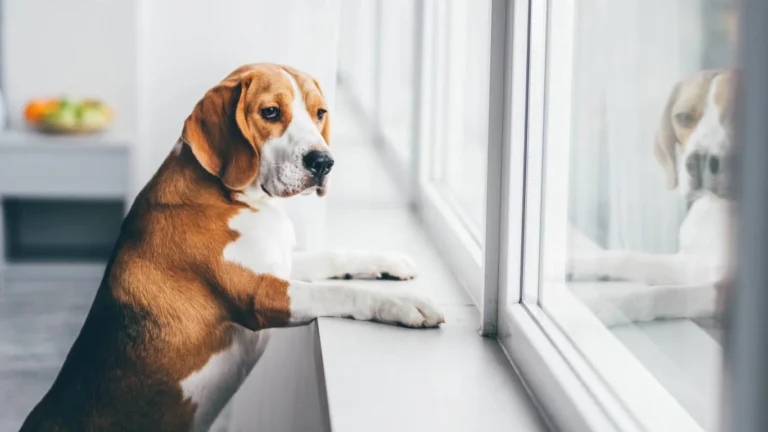How to Manage Your Dog’s Weight After Neutering: Expert Tips for Healthy Living
As a pet nutritionist with years of experience working closely with furry friends, I often get asked how to manage a dog’s weight after neutering. It’s a topic that comes up frequently, and for good reason! Neutering is a common procedure for dogs, but it can bring about some changes in their metabolism and energy levels. This can sometimes result in weight gain if proper care isn’t taken. As a pet care expert in veterinary clinics, I’ve seen firsthand how weight management plays a huge role in a dog’s health and longevity. So, if you’re wondering how to help your dog stay fit and healthy after neutering, you’re in the right place! Let’s dive into some important strategies to manage your dog’s weight effectively.
Why Neutering Affects Your Dog’s Weight
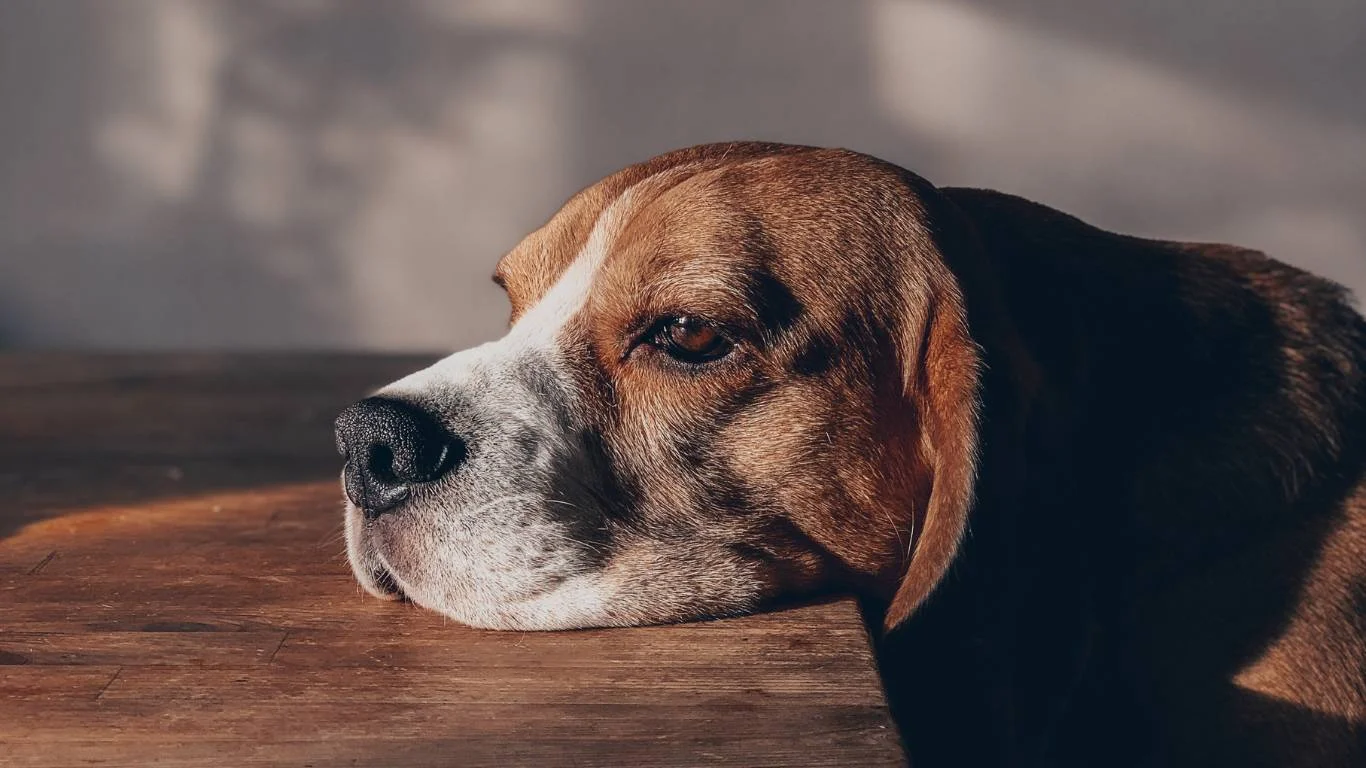
Neutering, whether it’s a spay or castration, is often recommended for health, behavioral, and population control reasons. However, one of the most significant changes many dog owners notice after neutering is a shift in their dog’s weight. This might not be obvious immediately, but over time, you could see your dog packing on some extra pounds.
So, why does this happen? Well, neutering can cause a drop in a dog’s hormone levels, particularly testosterone in males and estrogen in females. These hormones play a role in regulating metabolism, muscle mass, and overall energy expenditure. After neutering, your dog may experience a reduction in activity levels and, consequently, a decrease in their energy requirements. That means if you continue to feed them the same amount as before, they might start gaining weight.
But don’t worry! With a little bit of attention to diet, exercise, and overall care, you can ensure that your dog stays healthy, active, and at an ideal weight after the procedure.
Key Strategies for Managing Your Dog’s Weight Post-Neutering

After neutering, your dog’s weight management plan needs to be adjusted to keep them at a healthy weight. Here are some tips I recommend to my clients in the clinic to manage their dog’s weight effectively.
1. Adjust Your Dog’s Diet
One of the first things to consider is adjusting your dog’s food intake. Since neutering can lower their metabolism, you may need to decrease the amount of food you’re offering. But here’s the thing: don’t just reduce portion sizes blindly—focus on the quality of the food you’re feeding your dog. Opt for high-quality, nutrient-dense food to help maintain lean muscle mass and support healthy metabolism.
- Measure the food: Start by measuring your dog’s food rather than free-feeding. This way, you can avoid overfeeding and ensure they’re getting the right amount.
- Switch to weight management formulas: Some pet food brands offer specially formulated foods for neutered dogs or those prone to weight gain. These formulas typically have fewer calories but still provide the necessary nutrients your dog needs.
- Reduce treats: It’s easy to fall into the trap of giving too many treats, especially when your dog is begging for them. But those little snacks can add up quickly. Try offering low-calorie treats or healthy alternatives like carrots or green beans.
2. Monitor and Adjust the Feeding Schedule
Along with adjusting the food itself, monitoring your dog’s feeding schedule is crucial. Neutered dogs may not need to eat as often or as much as they did before. Instead of offering one large meal a day, consider splitting their food into two or three smaller meals. This can help with digestion, maintain energy levels, and prevent overeating.
If you’re unsure of how much to feed your dog post-neutering, don’t hesitate to consult with your vet. They can recommend a specific feeding plan based on your dog’s breed, size, and activity level.
3. Increase Physical Activity
It’s natural for a dog’s energy levels to change after neutering, but that doesn’t mean they should become couch potatoes! Exercise is crucial in maintaining a healthy weight and promoting good overall health. Just because your dog’s metabolism has slowed doesn’t mean they should be inactive.
- Go for regular walks: Daily walks are a fantastic way to keep your dog active and burning calories. Aim for at least 30 minutes of walking a day, depending on your dog’s size and breed.
- Engage in playtime: Keep your dog entertained and active with games like fetch, tug-of-war, or puzzle toys that encourage physical and mental stimulation.
- Introduce new activities: If your dog’s usual play routine is getting stale, try introducing a new activity like swimming or agility training. This can be a fun way to boost their fitness and break up the monotony.
Tracking Your Dog’s Progress
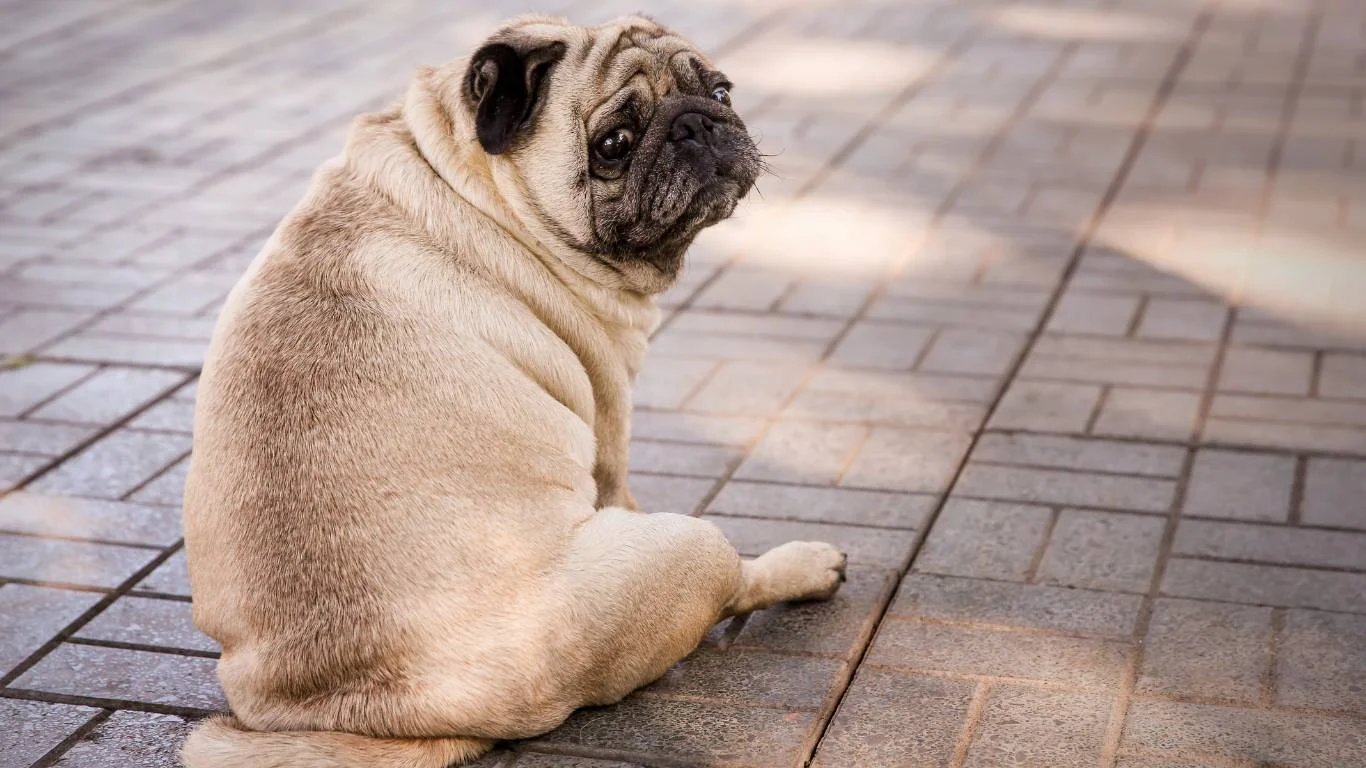
Once you’ve implemented some of these changes, it’s important to keep track of your dog’s progress. Weigh them regularly (I recommend once a week or once every two weeks) and take note of any changes in their body condition. If you notice that your dog is still gaining weight despite your efforts, it might be time to adjust their food or exercise plan even further.
It’s also important to check in with your veterinarian regularly to ensure that your dog’s weight management plan is on track. A good vet will help you make adjustments based on your dog’s specific needs and health status.
Understanding Your Dog’s Body Condition Score (BCS)
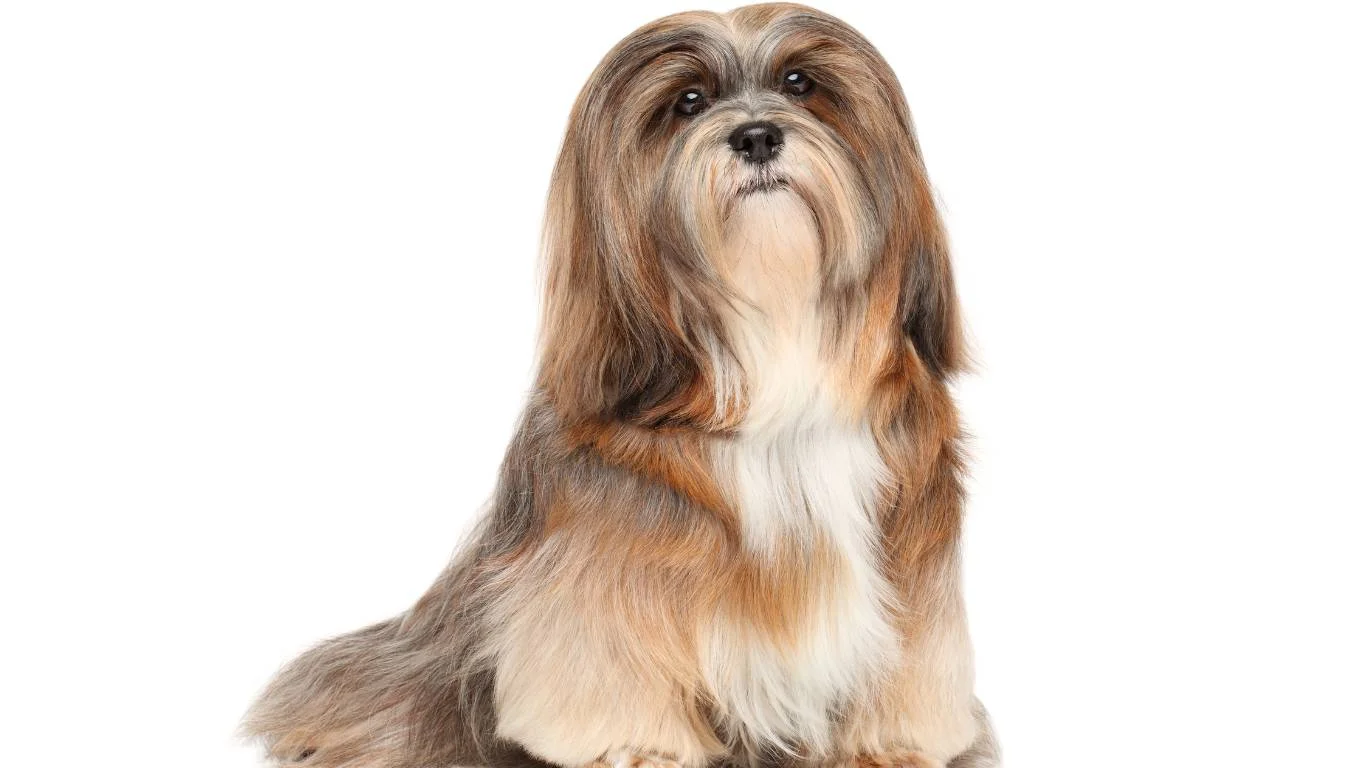
As you embark on the journey of managing your dog’s weight post-neutering, one of the most useful tools in your arsenal is the Body Condition Score (BCS). This score is a great way to evaluate whether your dog is at a healthy weight. It’s a scale that ranges from 1 to 9, with 1 being emaciated and 9 being obese. Ideally, your dog should fall somewhere between a 4 and 5 on the scale—lean, but with some muscle tone. As a pet nutritionist, I’ve seen how a simple BCS assessment can make a world of difference when it comes to keeping a dog in top shape.
The BCS is determined by feeling your dog’s ribs, spine, and waist. Ideally, you should be able to feel their ribs easily but not see them. If you find yourself struggling to feel the ribs or the waistline disappears, it may indicate weight gain. On the other hand, if your dog’s ribs are protruding or their spine is too prominent, they may be underweight. It’s helpful to assess your dog’s BCS regularly, especially after neutering, to stay on top of their weight management. You can ask your vet to guide you through this process if you’re unsure how to evaluate it yourself.
Meal Timing and Frequency: A Crucial Consideration
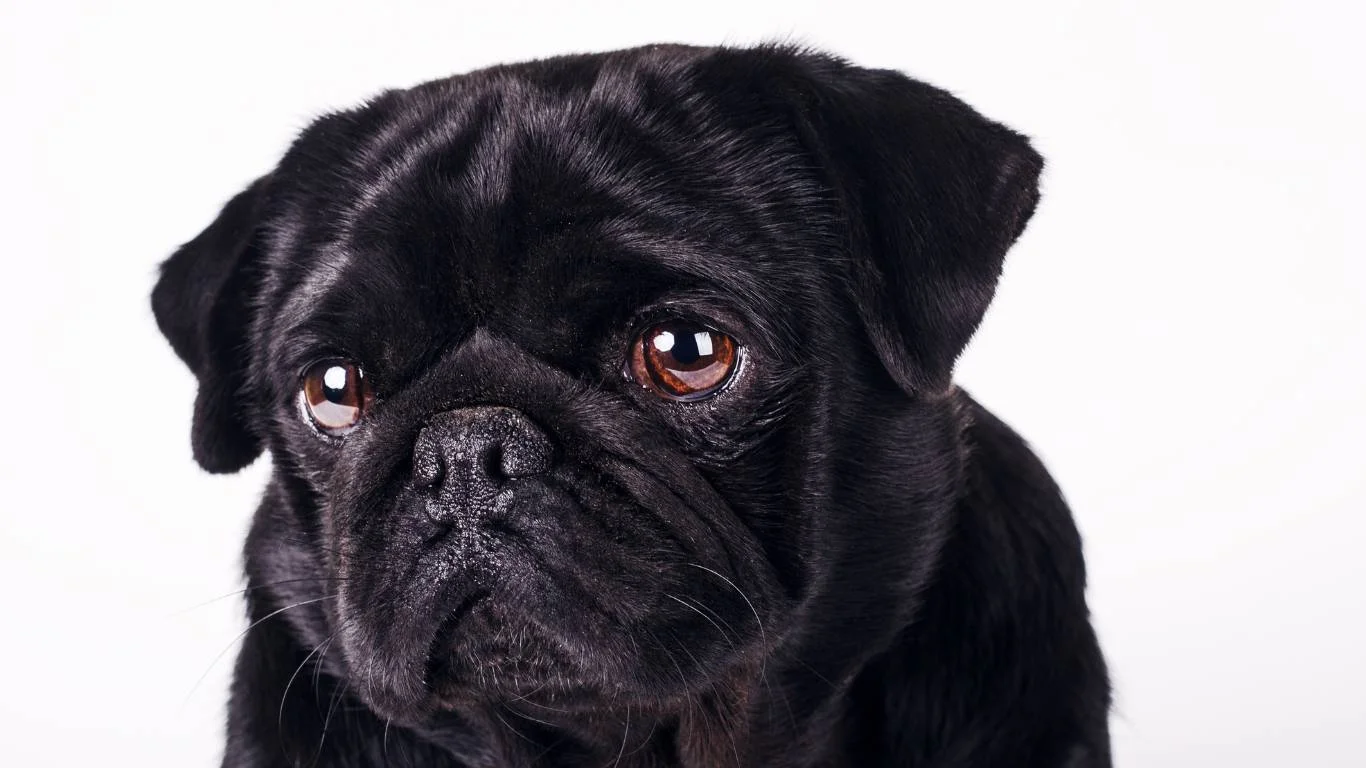
In addition to adjusting the amount of food your dog is eating, meal timing and frequency can also play an important role in managing their weight. For some dogs, especially after neutering, the idea of “free feeding” can quickly lead to overeating. If you leave food out all day, your dog might nibble here and there, consuming more calories than they actually need.
That’s why I recommend sticking to a set feeding schedule. Divide your dog’s daily food portion into two or three meals and stick to the same feeding times each day. This way, they know when to expect their meals, and it helps regulate their metabolism. In my experience, dogs thrive on routine, and a consistent meal schedule can also help prevent begging or food anxiety, which can be common in neutered dogs who might feel the need to snack more often.
How to Choose the Right Type of Food for Neutered Dogs
When it comes to food, not all dog diets are created equal—especially after neutering. Neutered dogs require specific nutrients to maintain a healthy weight. If you’re wondering what to look for when choosing food for your neutered dog, I’ve got a few tips based on my experience as a pet nutritionist:
- High-Quality Protein: Neutered dogs still need protein to maintain muscle mass, but the protein should be lean and easily digestible. Chicken, turkey, or fish are excellent sources of protein.
- Low to Moderate Fat Content: A diet with lower fat content can help prevent weight gain. However, don’t cut out fat entirely, as it’s essential for energy and overall health.
- High Fiber: Fiber helps keep your dog feeling full and satisfied without adding extra calories. Look for foods that include vegetables or whole grains like sweet potatoes or brown rice.
- Essential Nutrients: Neutered dogs can be more prone to certain health issues, such as joint problems or urinary tract issues. Make sure the food contains essential nutrients like omega-3 fatty acids and glucosamine to support overall health.
Many pet food brands offer specialized formulas designed for neutered dogs, which can be a great option for pet owners looking to manage their dog’s weight more easily. If you’re unsure which food is right for your dog, your vet can provide personalized recommendations based on their specific needs and health condition.
Incorporating Mental Stimulation to Keep Your Dog Active
It’s not just about physical activity when it comes to keeping your dog fit after neutering—mental stimulation is just as important! Neutered dogs can sometimes become a little less active, so keeping them mentally engaged is a great way to keep their energy levels up without overfeeding them.
Puzzle toys, interactive games, and training sessions are great ways to provide mental stimulation. You’d be surprised at how tired a dog can get from a good puzzle-solving session. You could also try food-dispensing toys or treat puzzles, which encourage problem-solving while slowing down their eating. The best part is, these toys can be a great way to bond with your dog while keeping them busy.
Another great idea is teaching your dog new tricks or commands. I’ve seen dogs that were post-neuter go from being less active to being highly engaged and excited about learning. Not only does it help with their mental stimulation, but it also promotes a sense of achievement, which keeps them happy and healthy.
Walking: The Power of Consistent Daily Walks
As I mentioned earlier, daily walks are one of the best ways to keep your dog’s weight in check after neutering. But let’s dive a little deeper into why walks are so important. Walking isn’t just about exercise—it’s a time for your dog to get outside, explore, and mentally engage with their environment. Dogs are naturally curious creatures, and a walk provides both physical and mental enrichment.
If you’re struggling with your dog being less interested in walks post-neutering, try mixing things up a bit! Vary your routes, introduce different sights and smells, or take your dog to a new park. You might just find that a little novelty in their walking routine sparks their interest and helps them get excited about being active again.
Weight Management and Regular Veterinary Checkups
Finally, one of the most important things you can do to manage your dog’s weight after neutering is to schedule regular veterinary checkups. Neutering can bring about some changes that require ongoing attention. A vet can help monitor your dog’s weight, assess their BCS, and ensure they’re on track with their weight management plan. They can also check for any underlying health conditions that might be contributing to weight gain or a lack of weight loss.
In my experience, regular vet visits are essential for both tracking progress and addressing any concerns before they become bigger issues. A proactive approach to your dog’s health will always pay off in the long run!
Case Studies & Real-Life Examples

As a pet nutritionist working closely with pet owners in a veterinary clinic, I’ve witnessed numerous success stories of dogs managing their weight after neutering. Every dog is unique, but the common thread in all these cases is consistency and a proactive approach to health. Let me share a couple of examples from my own experience that might inspire you as you embark on this journey with your own dog.
Example 1: Max the Golden Retriever
Max is a lovable Golden Retriever who came into the clinic after his neutering surgery. His owner, Susan, had noticed he was slowly gaining weight and becoming less active. Initially, Susan didn’t realize that neutering could impact his metabolism so significantly. After a thorough discussion, we made a plan that involved adjusting his diet (switching to a weight management formula) and increasing his daily exercise. We also introduced a feeding schedule instead of free feeding, which helped Susan keep track of how much Max was eating.
After about three months, Max’s weight had stabilized, and his energy levels returned to normal. He became more enthusiastic during walks, and Susan noticed he seemed happier overall. The key takeaway from Max’s story is how vital it is to recognize the effects neutering can have on your dog’s metabolism and to adjust accordingly. With proper diet and exercise, Max was able to maintain a healthy weight and enjoy life post-neutering.
Example 2: Bella the Beagle
Bella, a Beagle mix, came into the clinic with a slightly different challenge. Her weight was well above average after her neutering procedure, and her owner, Laura, was concerned. However, Bella’s case wasn’t just about reducing her food intake—it was also about addressing her lifestyle. Bella was a bit of a food scavenger, and Laura was inadvertently encouraging her tendency to beg for food throughout the day.
We worked together to establish a structured feeding routine, ensuring that Bella got her meals at consistent times. We also added in more interactive playtime and fun activities like hide-and-seek, which kept her mentally stimulated and physically active. The combination of reducing calories and introducing regular exercise helped Bella lose weight steadily over the next few months.
Laura learned the importance of structure and consistency, and Bella became healthier, more active, and much happier. The key takeaway from Bella’s story is that weight management doesn’t just depend on diet—it’s also about mental stimulation and creating healthy habits around food. In Bella’s case, changing her owner’s approach to feeding and play made all the difference.
Key Takeaways: What You Need to Remember
Managing your dog’s weight after neutering is about taking a comprehensive approach to their health. Here are the key takeaways you should remember:
- Neutering can impact your dog’s metabolism, making weight management more challenging. By adjusting your dog’s diet and exercise routine, you can help prevent unnecessary weight gain.
- Focus on high-quality, low-calorie food with adequate protein and fiber. The right food can make all the difference in your dog’s weight management efforts.
- Establish a structured feeding routine. Stick to a regular feeding schedule, and avoid free feeding to control your dog’s caloric intake.
- Increase physical activity and mental stimulation. Regular walks and playtime will help burn calories, while engaging your dog mentally can prevent boredom and overeating.
- Monitor progress with regular weight checks and BCS assessments. Keep track of your dog’s weight and body condition to adjust their care plan as needed.
- Consult your vet regularly. Your vet is an essential part of the weight management process, helping to ensure your dog is on track and healthy.
FAQs
1. How soon after neutering can I start managing my dog’s weight?
It’s usually best to wait until your dog has fully recovered from the surgery—typically around 2 weeks—before implementing significant changes to their diet or exercise. After that, you can start adjusting their routine to suit their new needs.
2. Should I change my dog’s food after neutering?
Yes, many dogs benefit from switching to a weight management formula after neutering. This can help control calories and prevent weight gain. It’s always a good idea to consult with your vet before making any food changes, as they can recommend the best option for your dog.
3. What if my dog still seems hungry after meals?
If your dog is still hungry, consider adding healthy, low-calorie snacks like carrots or green beans. You can also try splitting their meals into smaller portions throughout the day, which can help keep them satisfied without overeating.
4. Can exercise alone prevent weight gain after neutering?
Exercise is an important part of the equation, but diet also plays a significant role. Both diet and exercise need to be balanced to help prevent weight gain. Exercise helps burn off excess calories, but it’s just as important to ensure you’re not overfeeding your dog.
Bonus: Additional Resources or DIY Tips
If you’re looking for more ways to keep your dog in tip-top shape after neutering, here are a few additional tips:
- Homemade dog treats: You can make your own healthy dog treats at home using ingredients like sweet potatoes, carrots, or pumpkin. These treats are low-calorie and full of nutrients!
- Use a food puzzle: A food-dispensing toy or puzzle can slow down your dog’s eating, encourage problem-solving, and provide some extra mental stimulation during meal times.
- Tracking apps: Consider using an app to track your dog’s meals, weight, and exercise. Some apps are specifically designed for pets and can help you stay on top of your dog’s progress.
Appendix: Table, References, Disclaimer, and Call to Action
References:
Disclaimer: The information provided in this article is for general informational purposes only. Please consult your veterinarian for advice tailored to your dog’s specific health needs.
Call to Action: If you have any concerns about your dog’s weight or post-neutering care, don’t hesitate to reach out to your local veterinary clinic. Staying proactive and informed is the best way to ensure your dog’s health and happiness!
